Home>Garden Essentials>How Much Green Space Los Angeles Has
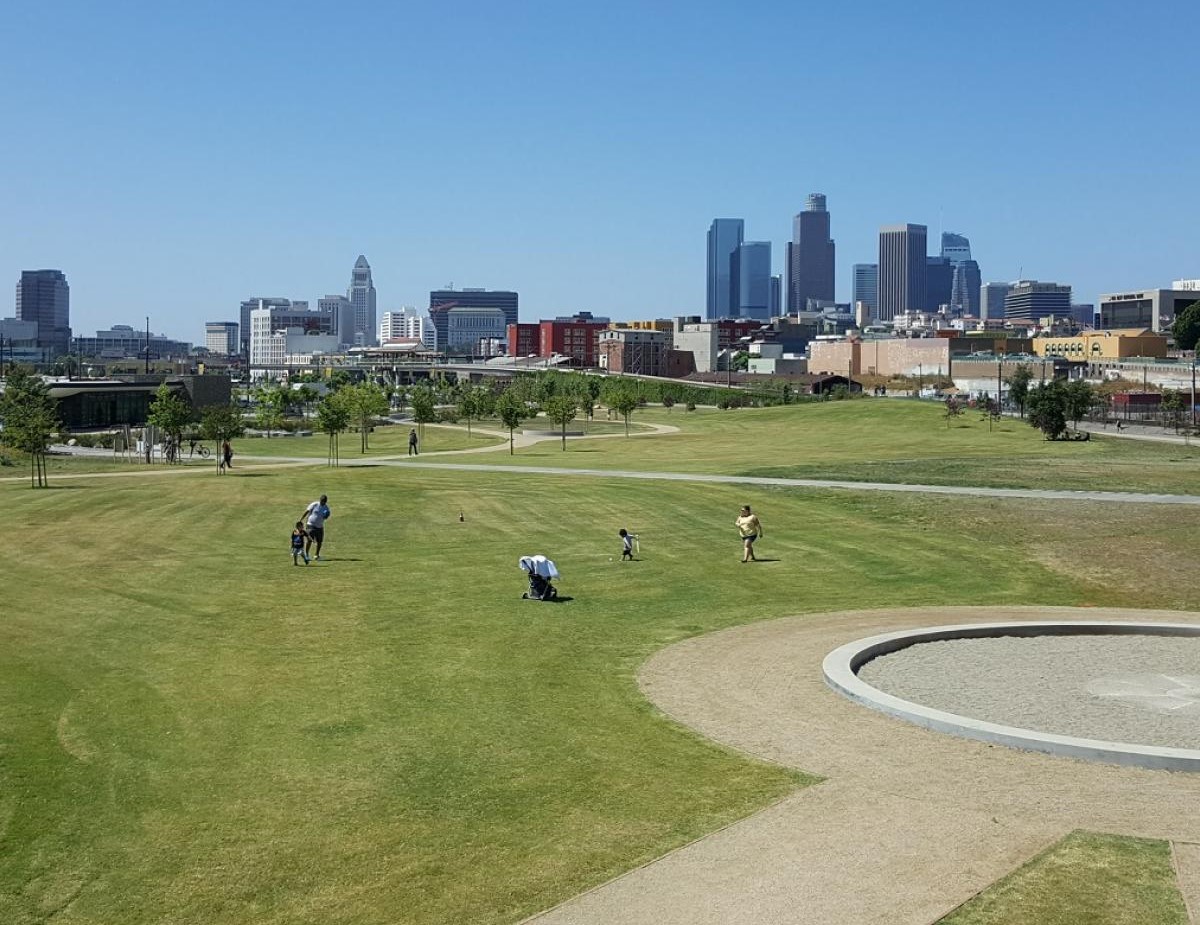

Garden Essentials
How Much Green Space Los Angeles Has
Modified: March 7, 2024
Discover how much green space Los Angeles has and the benefits of having a garden in this bustling city. Create your own oasis amidst the urban jungle!
(Many of the links in this article redirect to a specific reviewed product. Your purchase of these products through affiliate links helps to generate commission for Storables.com, at no extra cost. Learn more)
Introduction
Green spaces play a vital role in enhancing the quality of urban environments. They provide a breath of fresh air, a connection to nature, and a sanctuary from the bustling city life. In Los Angeles, a city known for its urban sprawl and concrete jungle, the presence of green spaces becomes even more imperative.
Before delving into the green spaces in Los Angeles, it is essential to understand what exactly constitutes a green space. Green spaces encompass a wide range of natural areas, including parks, gardens, public squares, and even roadside vegetation. These spaces are characterized by the presence of plant life, whether in the form of trees, grass, or flowers.
In urban areas like Los Angeles, the importance of green spaces cannot be underestimated. They provide numerous benefits to both residents and the environment. Green spaces are not just aesthetically pleasing; they also contribute to improved air quality, reduced urban heat island effect, enhanced mental and physical well-being, and increased biodiversity.
Los Angeles, often referred to as the “City of Angels,” is often associated with its famous landmarks, including Hollywood and the Walk of Fame. However, amidst the urban sprawl, the city boasts numerous green spaces that offer respite from the concrete and traffic.
From sprawling parks to community gardens and public spaces with greenery, Los Angeles has a diverse range of green spaces to explore and enjoy. In this article, we will delve into the various types of green spaces found in Los Angeles, their importance, and the challenges and initiatives in expanding these spaces to create a greener and more sustainable city.
Key Takeaways:
- Los Angeles is home to diverse green spaces, providing benefits like improved air quality, mental well-being, and community engagement. Initiatives aim to expand green spaces for a more sustainable and inclusive city.
- Despite challenges like land availability and costs, Los Angeles is actively working on initiatives like the Parks and Open Space Master Plan and community greening efforts to increase green spaces and ensure equitable access for all residents.
Read more: How To Dispose Of A Mattress In Los Angeles
Defining Green Space
Before we explore the green spaces in Los Angeles, it’s important to have a clear understanding of what exactly constitutes a green space. Green space refers to any land or area that is predominantly covered with vegetation, such as trees, grass, plants, or flowers. These areas can range from large public parks and gardens to smaller community plots and even roadside plantings.
Green spaces serve multiple purposes, including providing natural habitats for wildlife, improving air and water quality, reducing noise pollution, and enhancing the overall aesthetic appeal of urban areas. They also offer opportunities for recreational activities and promote community engagement.
One common type of green space is a public park. Public parks are designated areas of land set aside for recreational purposes and are usually open to the public. They often feature amenities such as walking paths, playgrounds, sports fields, and picnic areas. Public parks serve as gathering spaces where people can relax, exercise, and connect with nature.
Another type of green space is community gardens. These are small plots of land that are cultivated and maintained by local residents. Community gardens provide individuals and communities with the opportunity to grow their own food, connect with nature, and foster a sense of community. These spaces not only contribute to food security but also promote sustainable practices and environmental stewardship.
Additionally, green spaces can also be found in the form of public squares or plazas. These areas are often located in the heart of urban centers and feature paved or landscaped spaces with trees, benches, and other amenities. Public squares serve as gathering places for community events, socializing, and relaxation.
Lastly, green spaces can even be incorporated into streetscapes through roadside plantings, medians, and green infrastructure initiatives. These efforts aim to bring greenery and vegetation to urban areas that are often dominated by concrete and asphalt. Green streetscapes not only add beauty and visual appeal but also contribute to improved air quality and urban biodiversity.
Now that we have a clearer understanding of what green spaces encompass, let’s explore the significance of these spaces in urban areas like Los Angeles.
Importance of Green Space in Urban Areas
In urban areas, the presence of green spaces is crucial for several reasons. These spaces provide a myriad of benefits that contribute to the well-being of both individuals and the environment. Let’s explore some of the key reasons why green spaces are important in urban areas like Los Angeles:
- Improved Air Quality: Green spaces act as natural filters, absorbing pollutants and releasing oxygen. They help to mitigate the effects of air pollution caused by vehicles, industry, and other urban activities. By creating green corridors and planting trees, urban areas can experience a significant improvement in air quality, reducing the risk of respiratory diseases and promoting a healthier living environment.
- Reduced Urban Heat Island Effect: Urban areas tend to get significantly warmer due to the absorption of heat by concrete surfaces and lack of vegetation. This phenomenon, known as the urban heat island effect, can lead to increased energy consumption, heat-related illnesses, and reduced air quality. Green spaces, with their shade and evaporative cooling, can help mitigate this effect by providing natural cooling and reducing energy demands.
- Enhanced Mental and Physical Well-being: Green spaces have a positive impact on our mental and physical health. Studies have shown that spending time in green environments reduces stress, anxiety, and depression, while promoting feelings of relaxation and well-being. These spaces encourage physical activity, such as walking, jogging, or playing sports, which contributes to a healthier lifestyle.
- Increased Biodiversity: Urban areas often lack biodiversity due to extensive development and habitat fragmentation. Green spaces provide habitats for various plant and animal species, allowing them to thrive and contribute to urban ecosystem resilience. They create opportunities for urban wildlife to find shelter, forage, and reproduce, thereby promoting biodiversity conservation.
- Social and Community Benefits: Green spaces serve as gathering places for communities, fostering social interactions and a sense of belonging. They offer opportunities for recreation, community events, and cultural activities, promoting social cohesion and community engagement. Green spaces provide platforms for education, gardening initiatives, and volunteering, creating spaces for learning, skill-building, and collaboration.
Given these benefits, it’s clear why the presence of green spaces is crucial in urban areas like Los Angeles. In the following sections, we will explore the different types of green spaces found in Los Angeles and their specific contributions to the city’s livability and sustainability.
Green Space in Los Angeles
Despite being renowned for its urban landscape, Los Angeles is home to a surprising amount of green space. The city boasts a diverse range of parks, gardens, and public spaces that provide residents and visitors with the chance to reconnect with nature and experience the beauty of the outdoors.
One of the most iconic green spaces in Los Angeles is Griffith Park. Spanning over 4,300 acres, it is one of the largest urban parks in North America. The park offers breathtaking views of the city, hiking trails, picnic areas, and even a zoo. Griffith Park is a beloved recreational destination for Angelenos, providing an escape from the hustle and bustle of city life.
Another popular green space is Exposition Park. Located near the University of Southern California, it encompasses over 160 acres and features a beautiful rose garden, the Natural History Museum, the California Science Center, and the iconic Los Angeles Memorial Coliseum. Exposition Park provides a green oasis in the heart of the city, attracting visitors of all ages and interests.
Los Angeles also boasts a range of community gardens that allow local residents to grow their own produce and foster a stronger sense of community. Gardens like the South Central Farm and the Sherman Oaks Community Garden provide individuals with the opportunity to connect with nature and practice sustainable, organic gardening.
Moreover, the city has several public spaces that incorporate greenery into their design. Grand Park, located in downtown Los Angeles, stretches across 12 acres and features lawns, fountains, and gardens. It serves as a vibrant space for community events, concerts, and casual strolls amidst lush green surroundings.
Furthermore, Los Angeles has taken innovative steps to embrace green space through initiatives such as the Los Angeles River Revitalization Project. This project aims to restore and revitalize the Los Angeles River, transforming it from a concrete-lined channel into a more natural and sustainable environment with green corridors, parks, and recreational areas.
These are just a few examples of the green spaces that exist in Los Angeles. Despite being a city known for its urbanization, Los Angeles recognizes the importance of green spaces in enhancing the well-being of its residents and the overall livability of the city. The presence of these green spaces not only contributes to a healthier and more sustainable environment but also enhances the quality of life for those who call Los Angeles home.
Parks in Los Angeles
Los Angeles is home to a diverse array of parks, providing residents and visitors with ample opportunities to enjoy the outdoors and engage in various recreational activities. These parks offer a welcome respite from the urban landscape, allowing individuals to immerse themselves in nature and experience the beauty of the city’s green spaces. Let’s explore some notable parks in Los Angeles:
- Griffith Park: With over 4,300 acres of sprawling land, Griffith Park is one of the largest urban parks in North America. Nestled in the eastern part of the Santa Monica Mountains, it offers stunning views of the city skyline, picnic areas, hiking trails, and horseback riding. The park also houses popular attractions like the Griffith Observatory and the Los Angeles Zoo, making it a must-visit destination for both locals and tourists alike.
- Exposition Park: Situated near the University of Southern California, Exposition Park spans over 160 acres and offers a diverse range of attractions. It is home to the Natural History Museum, the California Science Center, and the picturesque Rose Garden. The park also features walking paths, open green spaces, and ample opportunities for recreation, making it a perfect place to spend a day immersed in nature and culture.
- Elysian Park: Located near Dodger Stadium, Elysian Park is known for its tranquil ambiance and scenic beauty. Spanning over 570 acres, it offers sprawling green spaces, picnic areas, and hiking trails. The park is a favorite spot for outdoor enthusiasts, joggers, and nature lovers seeking a peaceful escape from the city.
- MacArthur Park: Situated in the Westlake neighborhood, MacArthur Park is a historic urban park that has served as a cultural hub for the community. The park features a picturesque lake, walking paths, picnic areas, and recreational facilities. MacArthur Park is known for its vibrant cultural events and festivals, reflecting the diversity and vibrancy of Los Angeles.
- Runyon Canyon Park: Situated in the Hollywood Hills, Runyon Canyon Park offers stunning panoramic views of the city and is a popular destination for hiking and dog walking. Spanning over 160 acres, the park features a network of trails and offers an invigorating outdoor experience in the heart of the city.
These parks are just a snapshot of the many green spaces that Los Angeles has to offer. Each park has its own unique charm, providing visitors with different experiences and opportunities to connect with nature. Whether it’s exploring the trails of Griffith Park, admiring the roses in Exposition Park, or enjoying the peacefulness of Elysian Park, these parks offer a welcome escape from the urban hustle and bustle.
Exploring these parks not only allows individuals to engage in physical activities but also promotes mental well-being by offering moments of tranquility and the chance to recharge amidst the beauty of nature. The parks in Los Angeles serve as reminders that amidst the urban landscape, there are abundant opportunities to appreciate and enjoy the natural world.
Community Gardens in Los Angeles
Community gardens play a vital role in promoting green spaces, fostering community engagement, and providing opportunities for sustainable food production in urban areas. In Los Angeles, community gardens are thriving, offering residents the chance to connect with nature, grow their own food, and build stronger community bonds. Let’s explore some notable community gardens in Los Angeles:
- South Central Farm: The South Central Farm is a historic community garden located in the heart of South Los Angeles. Initially created in 1994, it served as a source of fresh produce and a gathering space for the community. Spanning over 14 acres, the garden boasted more than 350 plots cultivated by local residents. Although the original site was sadly lost due to development, efforts are underway to revive and recreate the garden in other locations, emphasizing the importance of community gardening in underserved areas.
- Sherman Oaks Community Garden: Situated in the San Fernando Valley, the Sherman Oaks Community Garden is a thriving green space where residents come together to grow their own organic produce. The garden features numerous plots that are meticulously maintained by gardeners of all ages and backgrounds. It offers a sense of community, education on sustainable practices, and the joy of cultivating and harvesting one’s own fresh fruits and vegetables.
- Los Angeles Community Garden Council: The Los Angeles Community Garden Council (LACGC) is a non-profit organization that supports and promotes community gardening throughout the city. LACGC collaborates with various neighborhoods to establish and maintain gardens, providing resources and guidance to community members interested in starting their own plots. Their efforts have resulted in the creation of numerous community gardens, enriching Los Angeles’ urban landscape with vibrant green spaces and fostering a sense of pride and ownership among gardeners.
- Los Angeles Neighborhood Land Trust Gardens: The Los Angeles Neighborhood Land Trust (LANLT) is a nonprofit organization that works towards creating more equitable access to parks and gardens in underprivileged communities. LANLT collaborates with community members to establish gardens in vacant lots and other urban spaces that lack greenery. These gardens serve as not only places for cultivation but also as educational hubs, providing workshops and resources on gardening, nutrition, and healthy living.
- Hollywood Orchard: Hollywood Orchard is an initiative that transforms underutilized space in Hollywood into productive food forests. By planting a variety of fruit trees and edible plants, the organization aims to create sustainable food sources while beautifying the urban environment. Community members are encouraged to participate in tree planting, maintenance, and harvesting, fostering a sense of ownership and pride in the garden.
These are just a few examples of the community gardens that exist in Los Angeles, each with its unique contribution to promoting sustainable food production, community engagement, and the beautification of urban spaces. Community gardens not only provide individuals with the opportunity to grow their own food but also serve as platforms for education, skill-building, and social interaction.
Through community gardens, residents develop a deeper connection with the environment, learn about sustainable practices, and take pride in cultivating their own fresh and healthy produce. These gardens foster a sense of unity among diverse communities and empower individuals to make positive changes in their own lives and neighborhoods.
Los Angeles’ community gardens are a testament to the city’s commitment to creating greener and more sustainable urban environments while nurturing stronger communities and healthier lifestyles. They represent the power of local initiatives and the potential for positive change through shared resources and the love of gardening.
Los Angeles has approximately 19% of its land area dedicated to green space, including parks, gardens, and natural areas. This provides residents and visitors with plenty of opportunities to enjoy outdoor activities and nature within the city.
Public Spaces with Greenery in Los Angeles
In addition to parks and community gardens, Los Angeles offers several public spaces that incorporate greenery into their design. These spaces provide residents and visitors with the opportunity to enjoy the benefits of nature while exploring the city. Let’s explore some notable public spaces with greenery in Los Angeles:
- Grand Park: Located in the heart of downtown Los Angeles, Grand Park spans 12 acres and is a vibrant urban oasis. The park features lush lawns, colorful gardens, and fountains. Its design incorporates sustainable elements such as water-saving features and native plantings. Grand Park serves as a gathering place for cultural events, concerts, and family outings, providing a dynamic space where people can relax, play, and connect with nature.
- The Getty Center: Perched atop the Santa Monica Mountains, The Getty Center is renowned for its stunning architecture, extensive art collection, and breathtaking views of Los Angeles. The center’s expansive grounds are adorned with beautifully manicured gardens featuring a variety of plant species. Visitors can explore sculpture gardens, stroll through shaded pathways, and marvel at the meticulously maintained landscapes. The Getty Center seamlessly integrates art, architecture, and greenery, creating an immersive and inspiring experience for visitors.
- Los Angeles State Historic Park: Situated just north of downtown Los Angeles, the Los Angeles State Historic Park offers 32 acres of open green space in an urban setting. The park’s design reflects California’s natural landscapes, with native plantings, meadows, and wildlife habitats. It serves as a recreational haven, featuring walking paths, picnic areas, and opportunities for outdoor activities like frisbee and yoga. The Los Angeles State Historic Park showcases the city’s commitment to preserving green spaces amid urban development.
- Los Angeles Central Library Gardens: Nestled in the heart of downtown Los Angeles, the Los Angeles Central Library Gardens offer a serene retreat from the bustling city streets. The library grounds feature beautifully landscaped gardens, tranquil fountains, and shaded seating areas. Visitors can explore the various plant species, enjoy a peaceful moment with a book, or simply soak in the ambiance of this urban oasis.
- Union Station Gardens: Union Station, the city’s historic transportation hub, boasts lovely gardens that provide a tranquil escape for commuters and visitors alike. The station’s outdoor spaces feature manicured lawns, colorful flower beds, and towering palm trees. The gardens offer a peaceful ambiance for relaxation and introspection, making Union Station more than just a transportation hub but a destination in itself.
These public spaces with greenery showcase Los Angeles’ commitment to integrating nature and urban design. By incorporating green spaces into the fabric of the city, Los Angeles creates opportunities for residents and visitors to connect with nature, find moments of tranquility, and immerse themselves in the beauty of their surroundings.
Public spaces with greenery not only enhance the aesthetic appeal of the city but also promote well-being and a sense of community. These spaces provide a welcome respite from the hustle and bustle of city life, allowing individuals to reconnect with nature, socialize, and rejuvenate. They serve as reminders of the importance of incorporating green elements into the urban landscape, making Los Angeles a more livable and sustainable city.
Benefits of Green Space in Los Angeles
Green spaces in Los Angeles offer numerous benefits that positively impact both individuals and the environment. These spaces contribute to the well-being of residents, enhance the aesthetic appeal of the city, and promote sustainability. Let’s explore some of the key benefits of green space in Los Angeles:
- Improved Mental and Physical Health: Spending time in green spaces has been proven to reduce stress, anxiety, and depression. The presence of nature promotes relaxation and rejuvenation, allowing individuals to escape the fast-paced urban environment. Additionally, green spaces provide opportunities for physical exercise, such as walking, jogging, and cycling, contributing to better physical health and overall well-being.
- Enhanced Air Quality: Green spaces act as natural filters, absorbing pollutants and producing oxygen. With the high levels of air pollution and traffic congestion in Los Angeles, green spaces play a crucial role in improving air quality. Through photosynthesis, trees and plants help to reduce harmful greenhouse gases and airborne pollutants, thereby creating healthier and cleaner air for residents to breathe.
- Reduced Urban Heat Island Effect: As an urban area, Los Angeles experiences the urban heat island effect, where the concrete and asphalt trap heat, leading to higher temperatures. Green spaces, with their trees and vegetation, help to counteract this effect by providing shade and evaporative cooling. By reducing ambient temperatures, green spaces make the city more comfortable and lower energy consumption for air conditioning.
- Increased Biodiversity: Green spaces in Los Angeles provide habitats for various plant and animal species. They promote urban biodiversity by creating ecosystems where birds, insects, and other wildlife can thrive. This increased biodiversity contributes to the ecological resilience of the city, creating a healthier and more balanced environment for all living beings.
- Water Management: Green spaces play a significant role in water management, particularly in a city prone to drought like Los Angeles. Vegetation helps to absorb and retain rainwater, reducing stormwater runoff and preventing flooding. It also improves soil quality and promotes groundwater replenishment, leading to more sustainable water management practices.
- Community Engagement and Social Cohesion: Green spaces serve as gathering places that foster community engagement and social interaction. They provide opportunities for residents to come together, connect, and share common interests. Through activities such as community gardening, picnics, and recreational events, green spaces enhance social cohesion, promote a sense of belonging, and strengthen community bonds.
These are just a few of the many benefits that green spaces offer in Los Angeles. They contribute to the livability of the city, enhance the quality of life for residents, and create a more sustainable and resilient urban environment. Recognizing the importance of green spaces, Los Angeles continues to invest in the expansion and preservation of these areas to create a greener and healthier city for generations to come.
Challenges in Expanding Green Space in Los Angeles
While green spaces offer numerous benefits, expanding and maintaining them in a sprawling and densely populated city like Los Angeles comes with several challenges. These challenges arise from a combination of urban development, limited available land, and the diverse needs and interests of the community. Let’s explore some of the key challenges in expanding green space in Los Angeles:
- Land Availability: One of the fundamental challenges in expanding green space in Los Angeles is the availability of land. As a densely populated city, finding suitable and sizable areas for new or expanded green spaces is a complex task. The scarcity of vacant land and the need to balance various urban needs, such as affordable housing and commercial development, pose significant challenges to the creation of new green spaces.
- Land Cost: The high cost of land in Los Angeles further complicates the expansion of green spaces. Acquiring land for public parks or community gardens can be financially challenging for municipal authorities, community organizations, and residents. Limited budgets and competing priorities often make it difficult to allocate sufficient funds for the purchase and maintenance of land dedicated to green spaces.
- Infrastructure Constraints: The existing urban infrastructure poses limitations on the creation of green spaces. Factors such as underground utilities, road networks, and existing developments can restrict the availability of land or require modifications to accommodate green spaces. Retrofitting existing urban areas with green infrastructure can be costly and require careful planning to ensure compatibility and optimal utilization of available space.
- Community Engagement: Engaging the community and garnering support for the expansion of green spaces can be a challenge. Different stakeholders may have varying interests, priorities, and concerns about how land is used or developed. Balancing the desires of residents, businesses, and policymakers while considering the needs for green spaces requires effective communication, collaboration, and consensus-building to ensure the success of such initiatives.
- Maintenance and Sustainability: Establishing green spaces is not enough; they also require ongoing maintenance and management. Adequate funding, staffing, and resources are necessary to ensure the proper upkeep and sustainability of green spaces. Without a long-term commitment to maintenance, green spaces may deteriorate and fail to provide the intended benefits to the community.
- Equitable Access: Ensuring equitable access to green spaces for all residents is another challenge. Disparities in access to green spaces can be influenced by factors such as neighborhood demographics, income levels, and historical investment in certain areas. It is essential to address these inequities and ensure that all communities, particularly underserved populations, have equal access to the benefits and opportunities provided by green spaces.
Despite these challenges, Los Angeles is actively working to address them and expand its green spaces. Through innovative strategies, partnerships between government agencies, community organizations, and residents, and a commitment to sustainability, the city aims to create a more equitable and verdant urban landscape.
By recognizing these challenges and finding creative solutions, Los Angeles can overcome barriers to expanding and maintaining green spaces, providing its residents with greater access to nature, improved well-being, and a more sustainable and vibrant city environment for future generations.
Initiatives to Increase Green Space in Los Angeles
Los Angeles recognizes the importance of green space in enhancing the quality of life for residents and has implemented several initiatives to increase the availability and accessibility of these spaces. These initiatives focus on expanding existing green spaces, establishing new ones, and engaging the community in the greening of the city. Let’s explore some notable initiatives to increase green space in Los Angeles:
- Parks and Open Space Master Plan: The Parks and Open Space Master Plan is a comprehensive strategy developed by the City of Los Angeles to guide the expansion, improvement, and distribution of parks and green spaces throughout the city. This plan aims to address existing gaps in green space availability, especially in underserved communities. It outlines specific goals, strategies, and priorities to ensure equitable access to green spaces for all residents.
- Urban Forestry Program: Los Angeles has implemented an Urban Forestry Program that focuses on increasing and preserving the city’s urban tree canopy. The program aims to provide multiple benefits, including improved air quality, reduced energy consumption, and enhanced aesthetics. It includes initiatives such as tree planting, tree maintenance, and community outreach to raise awareness about the importance of urban forests and encourage community involvement in tree care.
- Los Angeles River Revitalization Project: The Los Angeles River Revitalization Project is a long-term initiative aimed at transforming the concrete-lined Los Angeles River into a more natural and sustainable ecosystem. The project seeks to create green corridors, parks, trails, and recreational areas along the river, making it an accessible and vibrant green space for the city. This endeavor involves collaboration between government entities, community organizations, and stakeholders to ensure the success of this large-scale revitalization effort.
- Community Greening Initiatives: Various community-based organizations and nonprofits in Los Angeles are actively involved in community greening initiatives. For example, organizations like TreePeople and Los Angeles Neighborhood Land Trust collaborate with residents to establish community gardens, pocket parks, and urban forests, particularly in underserved neighborhoods. These initiatives focus on increasing community involvement, education, and empowerment, encouraging residents to take an active role in the creation and maintenance of green spaces in their communities.
- Green Streets and Sustainable Landscaping: Los Angeles is investing in green street initiatives and sustainable landscaping practices to incorporate greenery into urban areas. This involves retrofitting streetscapes with bioswales, permeable pavement, and native plantings to manage stormwater, reduce urban heat island effect, and increase biodiversity. By integrating green infrastructure into the built environment, Los Angeles aims to enhance the visual appeal of the city while promoting environmental sustainability.
These initiatives demonstrate Los Angeles’ commitment to expanding green space and improving the quality of life for its residents. Through strategic planning, community engagement, and partnerships across sectors, the city is taking steps towards creating a greener, more sustainable, and equitable urban environment.
However, it is crucial to ensure these initiatives prioritize the needs of underserved communities and strive for equal access to green spaces throughout the city. By including diverse perspectives, encouraging community involvement, and addressing existing disparities, Los Angeles can create a more inclusive and vibrant cityscape enriched by its increasing green spaces.
Conclusion
Los Angeles, a city often associated with its urbanization and bustling streets, surprisingly boasts a variety of green spaces that offer respite and connection to nature. From expansive parks and vibrant community gardens to public spaces with lush greenery, Los Angeles recognizes the importance of incorporating green spaces into its urban fabric.
Green spaces provide numerous benefits to residents and the environment. They contribute to improved air quality, reduced urban heat island effect, enhanced mental and physical well-being, increased biodiversity, and social cohesion. By investing in green spaces, Los Angeles aims to create a more sustainable, livable, and environmentally conscious city.
However, expanding green space in Los Angeles comes with its fair share of challenges. Land availability, costs, infrastructure constraints, and the need for community engagement are among the factors that must be carefully considered and addressed. Through initiatives like the Parks and Open Space Master Plan, Urban Forestry Program, Los Angeles River Revitalization Project, and community-driven greening efforts, the city is actively working to overcome these challenges and increase the availability and accessibility of green spaces citywide.
It is crucial to ensure that these initiatives prioritize equitable access to green spaces for all residents, especially those in underserved communities. By involving diverse stakeholders, encouraging community participation, and addressing existing disparities, Los Angeles can create green spaces that reflect the needs and aspirations of its diverse population.
In conclusion, green spaces in Los Angeles offer not only places of relaxation and recreation but also important contributions to the overall well-being of the community. They enrich the cityscape, improve air quality, support biodiversity, and foster social connection. As Los Angeles continues to invest in and expand its green spaces, it moves closer to creating a greener and more sustainable city where residents can enjoy the benefits of nature within an urban environment.
Frequently Asked Questions about How Much Green Space Los Angeles Has
Was this page helpful?
At Storables.com, we guarantee accurate and reliable information. Our content, validated by Expert Board Contributors, is crafted following stringent Editorial Policies. We're committed to providing you with well-researched, expert-backed insights for all your informational needs.
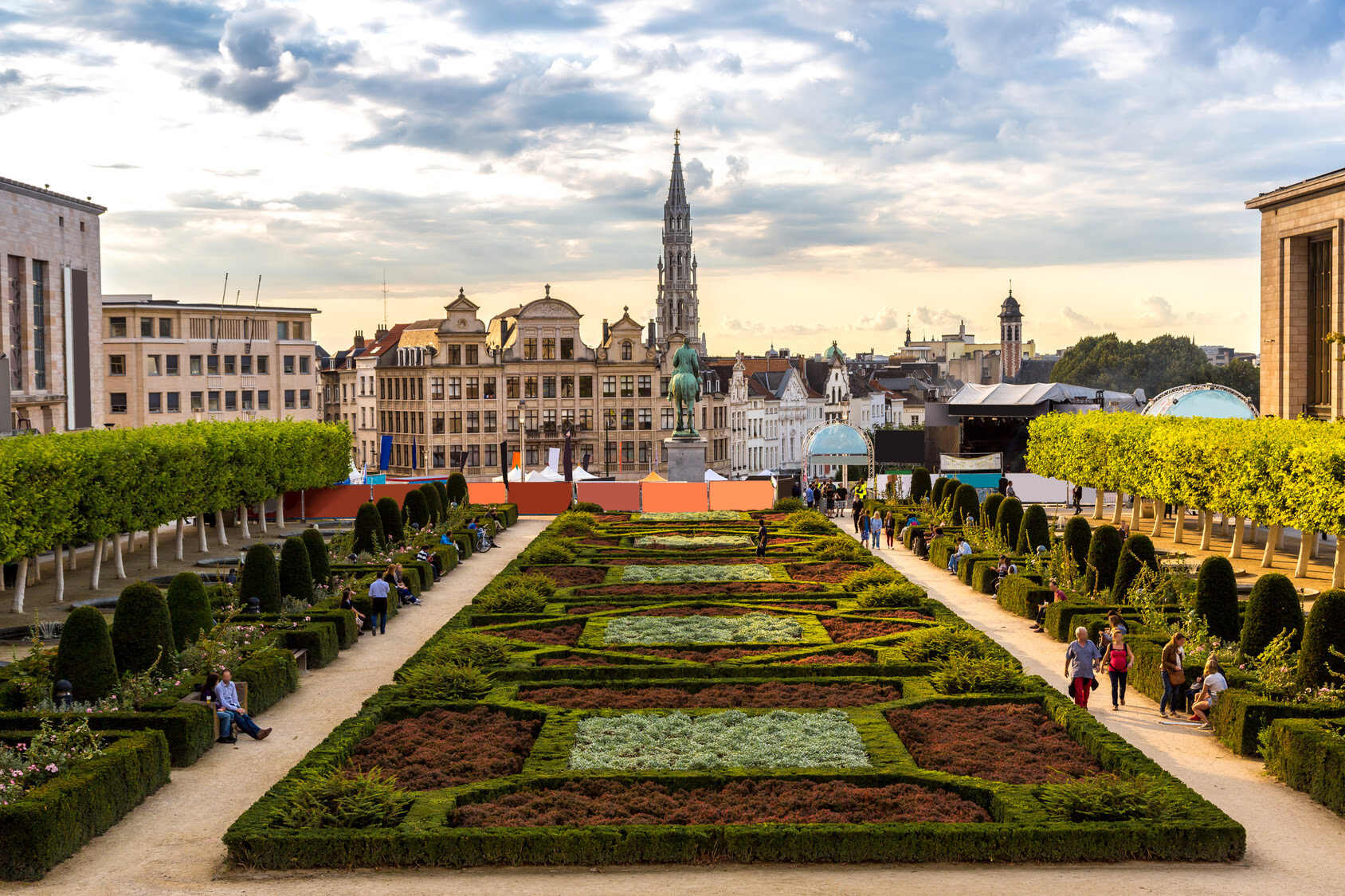
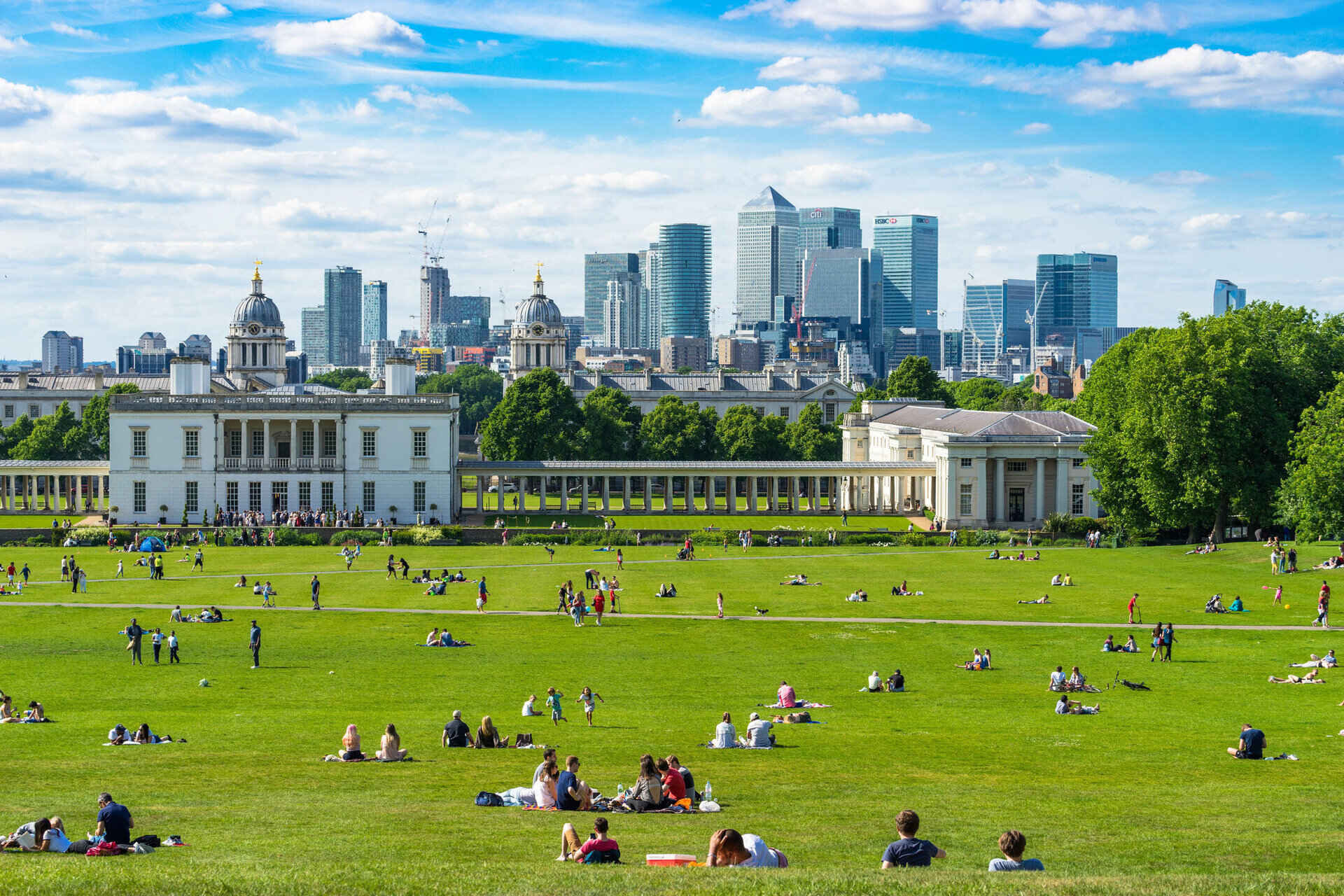
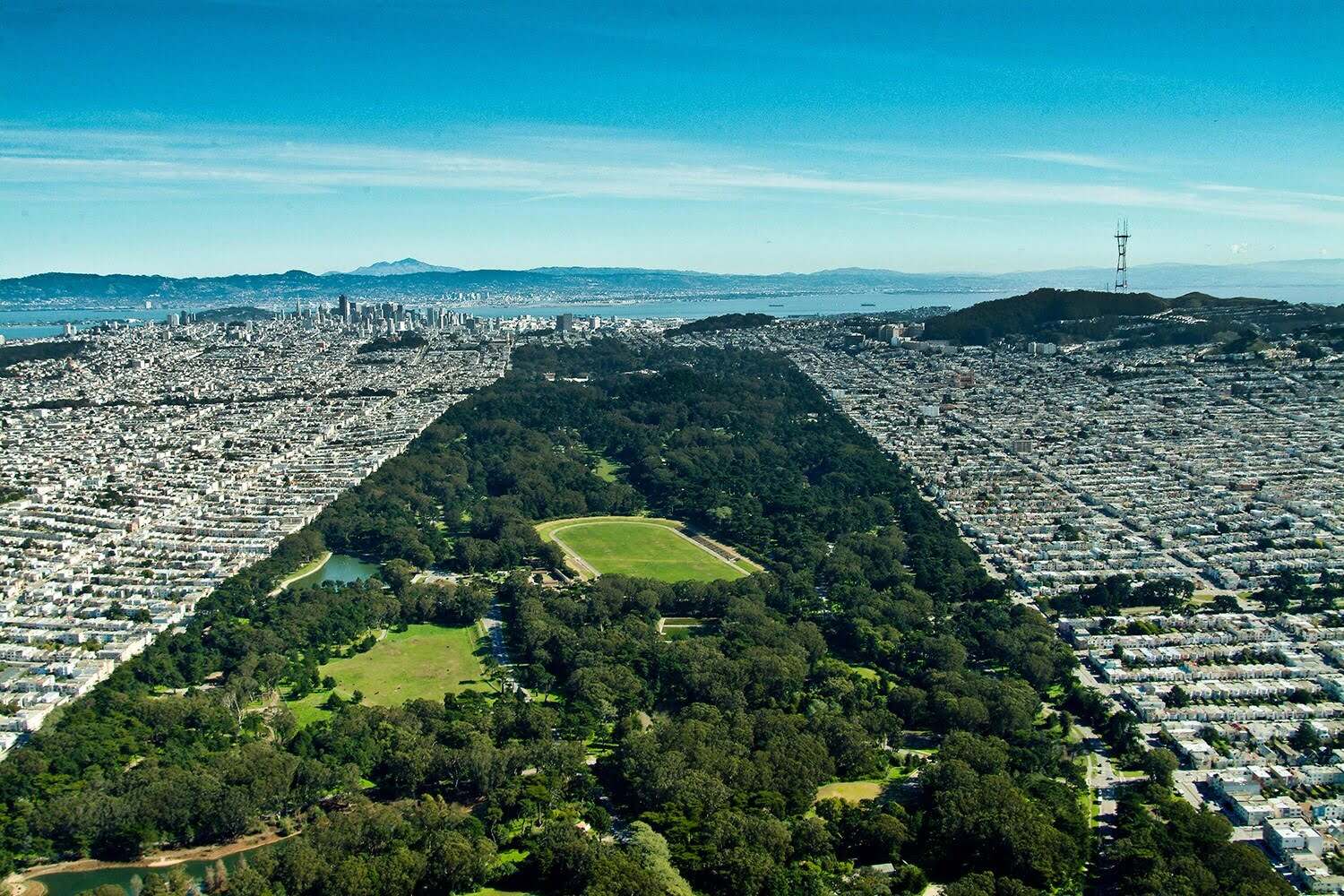
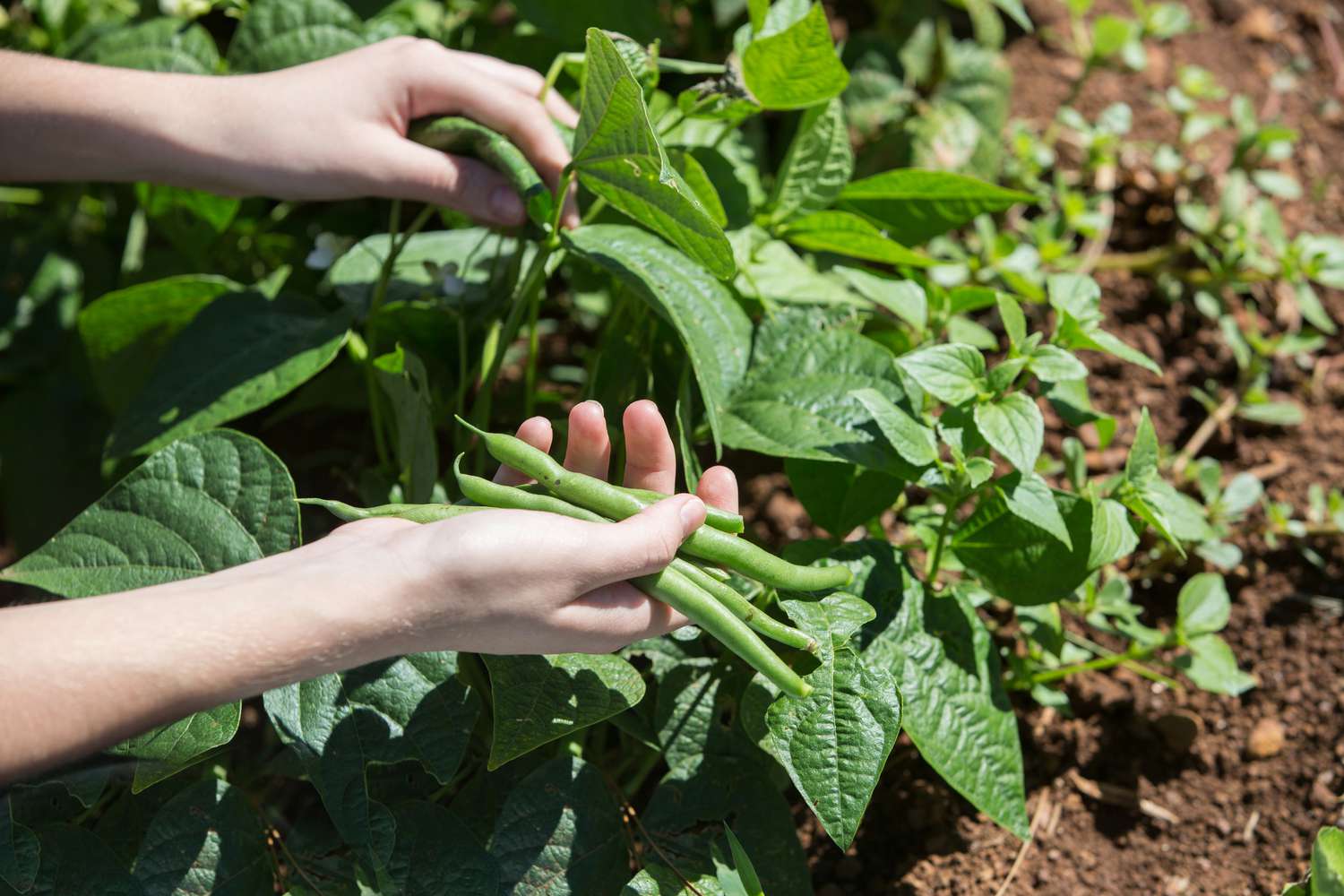




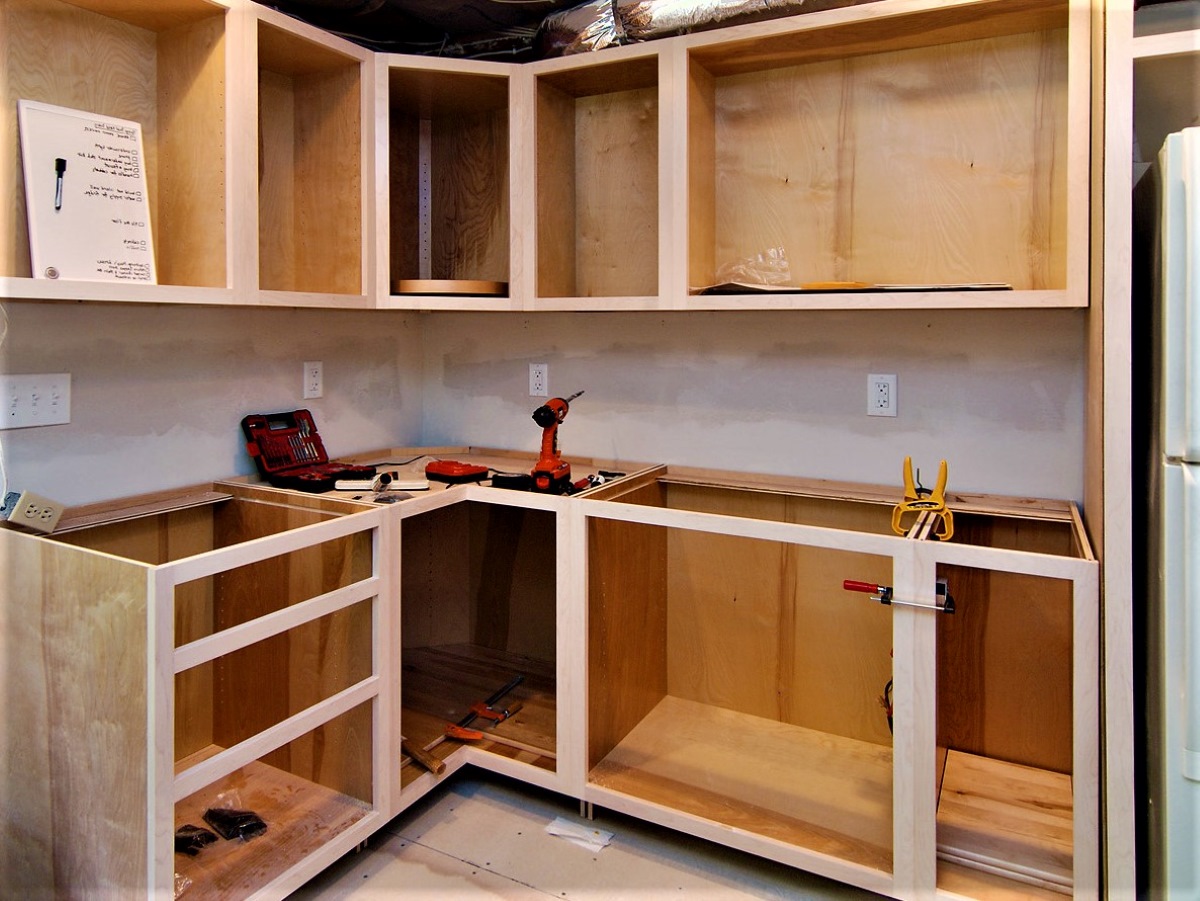


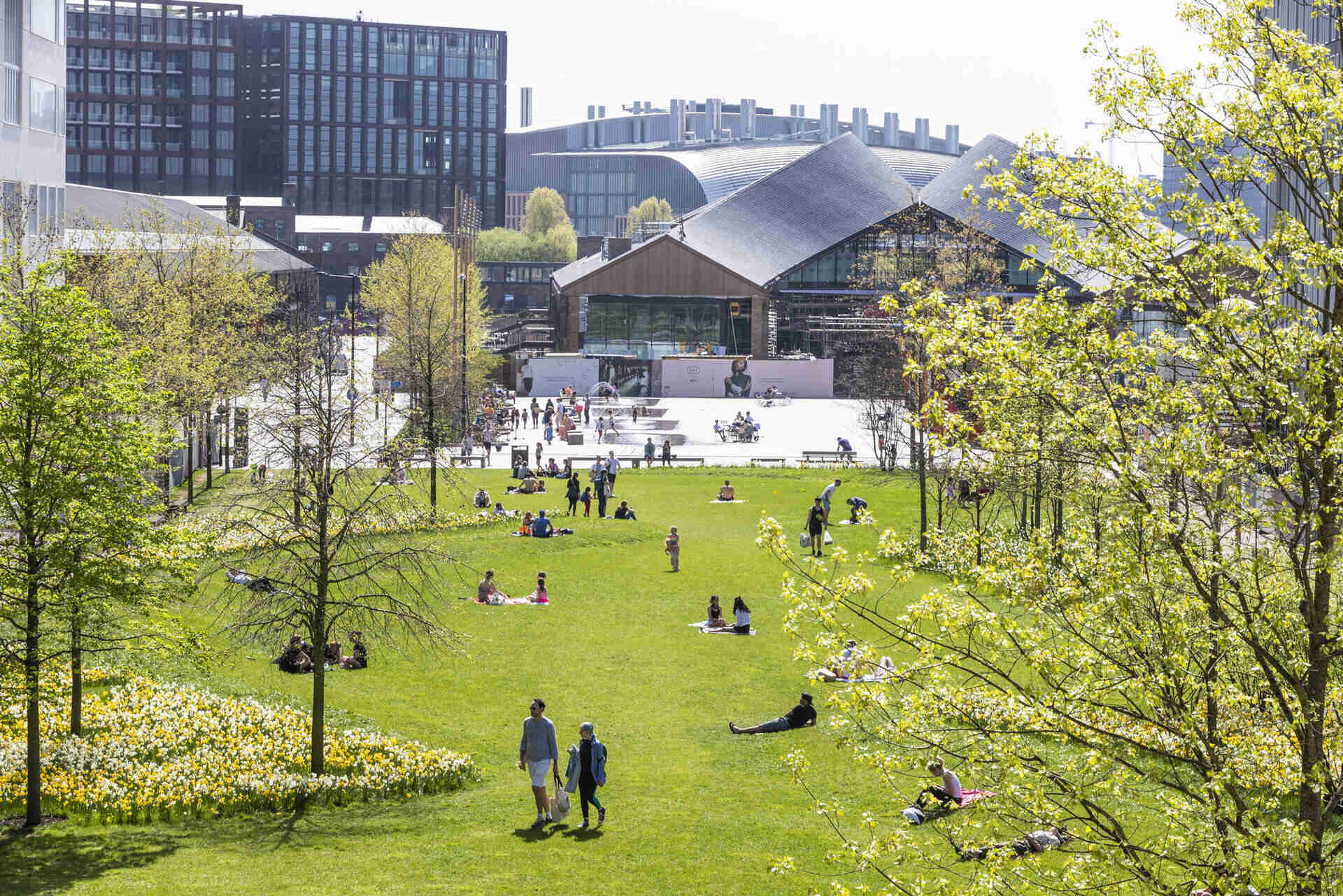


0 thoughts on “How Much Green Space Los Angeles Has”